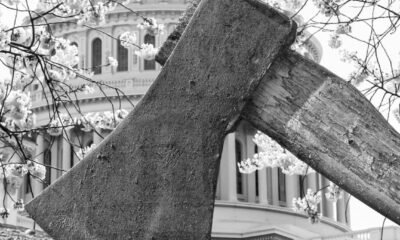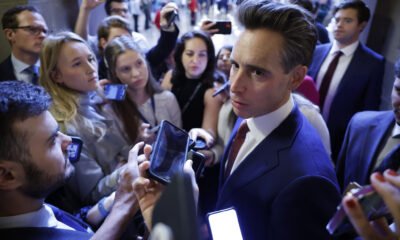Business
3rd Circuit Limits NLRB Power in Landmark Starbucks Union Ruling

The Third Circuit Court of Appeals has significantly limited the National Labor Relations Board’s (NLRB) authority to seek compensation for victims of labor law violations. This ruling, delivered on Friday, involves a dispute over Starbucks’ treatment of two former employees who were dismissed in 2020 for advocating for union representation.
Starbucks formerly sought to overturn an NLRB decision that mandated the company pay substantial relief to these employees. The coffee giant contended that the labor board had overstepped its bounds in ordering extensive financial compensation.
The crux of this case ties back to a 2022 ruling by the NLRB in Thryv, Inc., which broadened the board’s powers to include remedies for all direct or foreseeable financial harms due to labor law violations. This ruling had raised concerns about the potential financial consequences for employers facing labor-related disputes.
However, a Supreme Court ruling in SEC v. Jarkesy in 2022 curtailed the NLRB’s powers, emphasizing that administrative law judges could only enforce equitable—not monetary—remedies. This development left NLRB’s authority shrouded in ambiguity until the latest ruling clarified its scope.
U.S. Circuit Judge Thomas Ambro, appointed by President Bill Clinton, articulated the court’s decision, stating, “Simply put, the Board’s current order exceeds its authority under the National Labor Relations Act.” He emphasized that while the board could offer some monetary relief, it could not exceed what was unlawfully withheld by the employer.
During the hearing in September, there was notable tension between the panel and the legal representatives from both Starbucks and the NLRB. Starbucks attorney Sarah Harris argued that the board’s demands for financial compensation constituted legal remedies out of their jurisdiction.
When questioned by U.S. Circuit Judge Kent Jordan regarding the limits of the administrative law judges’ authority, Harris admitted difficulty in determining these boundaries, especially in light of Jarkesy. “We candidly aren’t sure,” she acknowledged.
Meanwhile, NLRB attorney Eric Weitz grappled with navigating the complexities of the board’s powers, attempting to convey that relief sought was conservative yet aligned with expansive authority. Judge Jordan pushed back, suggesting that their briefs undermined the board’s credibility.
Weitz countered by asserting that Congress did not intend to restrict the NLRB to equitable relief as established in the National Labor Relations Act of 1935. However, Judge Theodore McKee highlighted potential issues with this interpretation, suggesting a conflict with the Seventh Amendment rights related to jury trials.
Despite Weitz’s plea for the court to limit its ruling to this case, the panel remained cognizant of the broader implications their decision could carry for future interpretations of administrative law judges’ authority.
As the circuit court’s ruling stands, it reinforces constraints on the NLRB’s financial remedy capacities, potentially impacting similar cases in the future.
Representatives from both the NLRB and Starbucks have yet to issue public comments regarding the ruling.


















